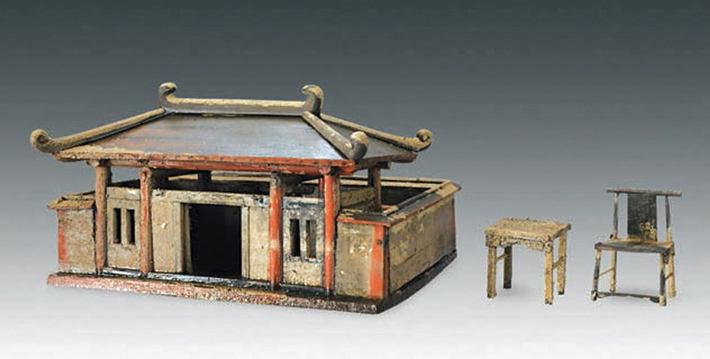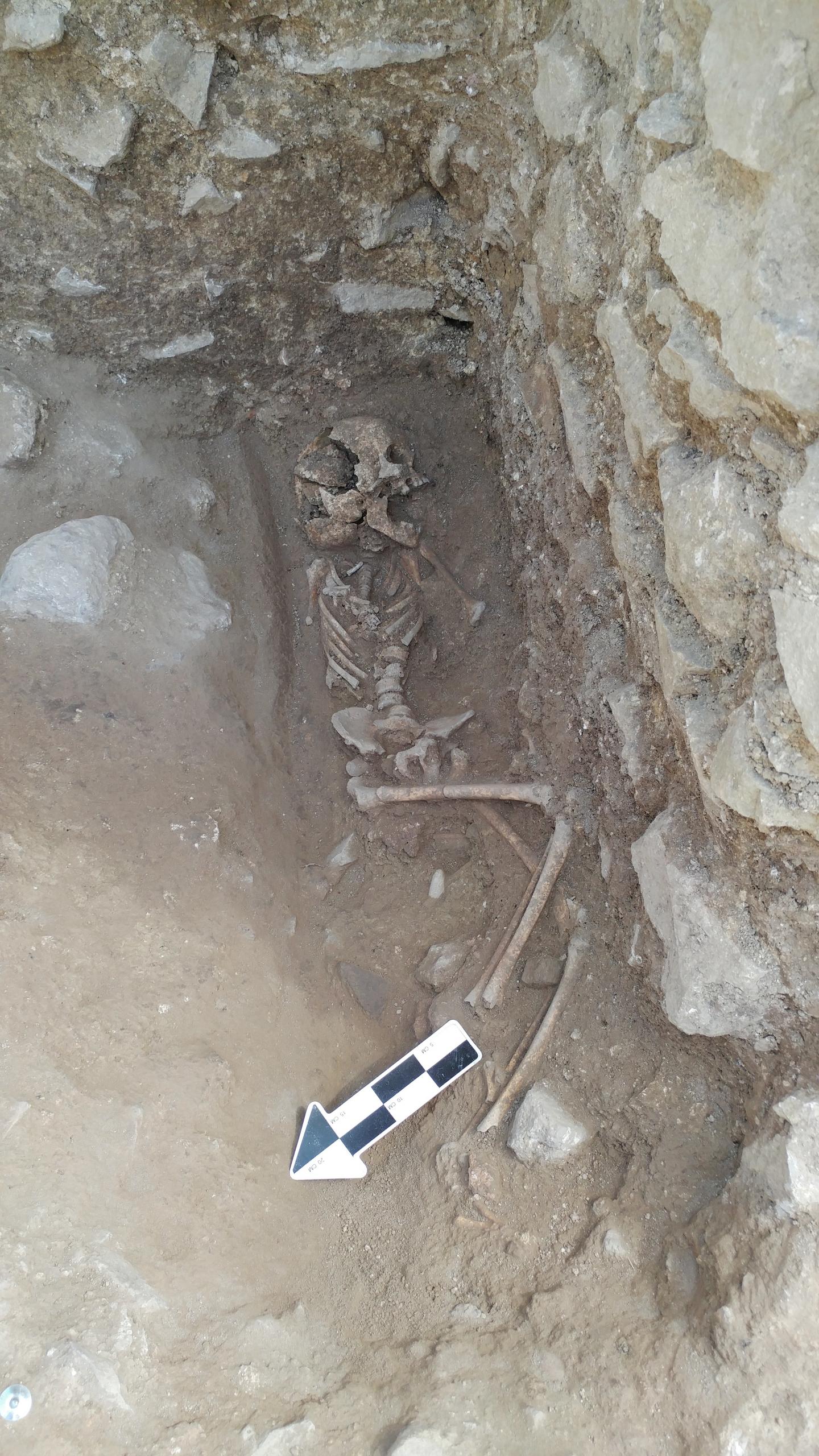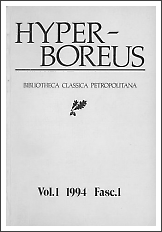We all know that Christianity spread west into the Greek and Latin-speaking world. It also spread east, into the Syriac-speaking world. Most important of the Christian writers in Syriac is Ephraim of Nisibis, known generally as Ephraim the Syrian, or Ephrem/Effrem Syrus, who flourished in the mid-to-late 4th century and died in 373 AD. He wrote mainly in verse. His work proved popular, and he was translated into or copied in most of the languages of the ancient world.
Ephraim’s Syriac works now exist in fine, modern critical editions, with German translation, thanks to the immense effort of E. Beck in the CSCO series. Admittedly nobody actually has copies of them – unless somebody has bootlegged that series to PDF without my knowledge! – but the point is that they exist. Sebastian Brock gives a masterly bibliography of them in his St. Ephrem: A Brief Guide to the Main Editions and Translations, now online at Syri.ac here, and this includes discussion of non-Syriac materials.
There is a huge collection of materials in Greek, attributed to Ephraim the Syrian. Brock notes:
A glance at the second volume of the Clavis Patrum Graecorum (CPG) will indicate that the number of texts in Greek attributed to Ephrem (CPG 3905–4175, 366–468) is exceeded only by those attributed to John Chrysostom (CPG 4305–5197, 491–672). …
The second volume of CPG (1974) and the Supplement (1998) provide the essential guide to ‘Ephrem Graecus’, and include references to the main secondary literature. The corpus is in fact very disparate in character, consisting of at least three very different elements:
- (1) translations of genuine works by Ephrem
- (2) translations of Syriac works not by Ephrem
- (3) a large body of material, itself disparate in character, for which Greek is the original language. Some of the Greek texts employ a syllabic metre; these may belong to any one of the three categories.
Another scholar writes:
The Greek manuscripts of Ephraem are so numerous that in the Bibliothèque Nationale in Paris he is counted as the fourth most popular of the Greek Fathers, after St Chrysostom, St Gregory of Nazianzus, and St Basil. The collection of Greek manuscripts of Ephraem in the Vatican Library is almost as numerous. The earliest witness is a papyrus in the Louvre containing fragments of the Life of St Abraamios.[]
Unfortunately this great mass of material has attracted very little scholarly attention. What we should like to see is a list of the material, with indications of whether it is (a) really by Ephrem Syrus and translated (b) really from Syriac, if not by Ephrem or (c) clearly a Greek originally composition. Unfortunately I don’t believe that this basic list of works plus classification exists anywhere.
Lists of Works
What we do have is a list of works in the Clavis Patrum Graecorum vols 2 and supplement: CPG 3905-4184, supplement pp.227-250, containing supplements – mainly but not exclusively of Arabic and Old Slavonic versions. This often indicates connections with other versions; but it is quite unclear on what this information is based.
There is also an article by D. Hemmerdinger-Iliadou, in Dictionaire de Spiritualité, vol. 4 (1960), cols. 800-815, which answers some of these questions, in a rather disorganised manner.
There is Homilies of Ephraim Graecus at the Syri.ac site here, covering only the homilies, which suggests that all the homilies have some connection with Syriac. This claim appears to be based on the CPG data.
A rather strangely formatted bibliography (but useful) is at A Comprehensive Bibliography on Syriac Christianity – Ephremiana [Greek], here.
There is also a dissertation which I have not been able to access: C. Emereau, Saint Ephrem le Syrien; son œuvre littéraire grecque, Paris (1918).
Likewise inaccesible is a festschrift where two papers seem interesting too:
- S. P. Brock, “The Changing Faces of St. Ephrem as Read in the West”, (pp.65-80)
- E. Lash, “The Greek Writings Ascribed to Saint Ephrem”, (pp. 81-98)
Both in K. Ware &c (edd.), Abba: the tradition of Orthodoxy in the West: festschrift for Bishop Kallistos (Ware) of Diokleia, St. Vladimir’s Seminary Press, 2003.
Editions
The edition of Ephraim Graecus is that of Joseph S. Assemani, Sancti patris nostri Ephraem Syri Opera Omnia quae extant graece, syriace, latine; in sex tomos distributa. Romae, 1732-1746. The first three volumes contain the Greek and Latin versions, the last three the Syriac. All may be downloaded from here.
However the first two volumes of Assemani’s edition depend very directly on a prior edition by Edmund Thwaites who in 1709 produced an edition of 159 Greek works attributed to Ephraim, plus two Greek vitae! Sadly this does not seem to be online. Unlike Assemani, who is vague about what manuscripts he used, Thwaites specified them. Thwaite’s edition was made without ever leaving Oxford, so all the manuscripts that he used – and therefore that are used in vols.1-2 – are in the Bodleian library.[]
A further problem with Assemani’s edition is the presence of doublets – passages that appear word for word in more than one work. The CPG indicates these; but this only indicates how bad the Assemani edition is.
Yet another problem is the sheer number of works with near-identical titles. This causes problems in the CPG and the CPL, where the editors themselves became confused in at least one case (since fixed).
S. J. Mercati did his doctorate on Ephraem Graecus,[] and began an edition in 1915: S. Ephraem Syri opera, textum Syriacum, Graecum, Latinum ad fidem codicum recensuit prolegominis, notis, indicibus instruxit Sylvius Joseph Mercati, Rom 1915 (online here and here). But only a single volume (of Ephraem Graecus) appeared.
I have no list of manuscripts, of course. But I did discover that a 6th century papyrus fragment exists of a sermon, In secundum adventum domini nostri Iesu Christu, CPG 3920.[]
![]()
* * * *
Frankly this looks a lot like a complete mess.
It’s not obvious to me how we might begin to solve such a mess. The presence of the “doublets” makes it particularly difficult to say what any given work does or does not contain. This in turn makes it very hard to do work on the corpus.
So there we are. That’s what we have. Rubbish, isn’t it.
 ANHUI PROVINCE, CHINA—
ANHUI PROVINCE, CHINA— LUGNANO, ITALY—An unusual burial in La Necropoli dei Bambini, a cemetery placed in an abandoned Roman villa that had been thought to have been reserved for the interment of infants and toddlers, contains the remains of a ten-year-old who may have died during a malaria outbreak in the fifth century A.D., according to a report in
LUGNANO, ITALY—An unusual burial in La Necropoli dei Bambini, a cemetery placed in an abandoned Roman villa that had been thought to have been reserved for the interment of infants and toddlers, contains the remains of a ten-year-old who may have died during a malaria outbreak in the fifth century A.D., according to a report in 
















